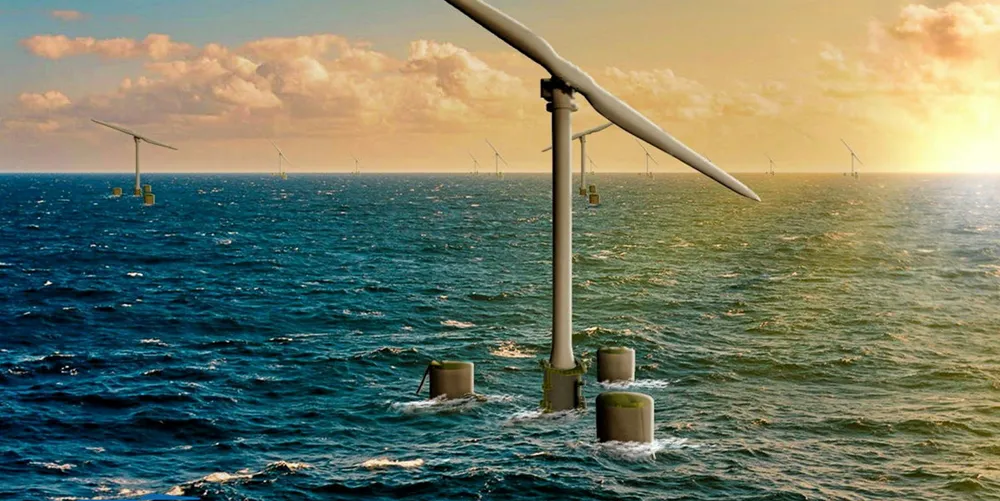Pioneering two-blade Seawind floating wind design reborn following Petrofac tie-up
Promising concept from Netherlands-based Seawind to see engineering and project management oversight by offshore oil contractor with eye on 6.2MW prototype by 2024

Transitioning offshore oil contractor Petrofac has signed up to run the rule over an innovative two-bladed floating wind turbine design from Netherlands-based Seawind Ocean Technology.
Under an memorandum of understanding (MoU) between the two companies, Petrofac will support design verification of the technology’s engineering and is “positioned to provide” turnkey project management for construction of Seawind’s first unit, a 6.2MW demonstrator slated for deployment in European waters “by the first quarter of 2024”.
“The recent ScotWind [Scottish offshore wind leasing] announcement signals major commitment towards achieving the UK’s net zero ambitions. More than half the awards were granted for floating projects, which we consider a major driver of our growth ambitions in the new energy sector,” said Petrofac new energy services COO John Pearson.
“We look forward to deploying more than a decade of offshore wind expertise in support of Seawind and the growing floating wind sector.”
Seawind CEO Vincent Dewulf said: “[The] strategic collaboration with Petrofac will strengthen our execution capability for our promising initial projects.”
The Seawind floating wind turbine design, which features a “teetering hinge” with a two-blade rotor – rather the conventional three-blade design, is engineered for the “complete system” to be built in harbour using port-side cranes, with units towed out to a project site ready for commissioning.
The MoU targets development of “early floating wind plant concessions” in the Mediterranean Sea “and subsequently in other European and global locations”, along with “work[ing] towards the electrification of other offshore energy assets”.